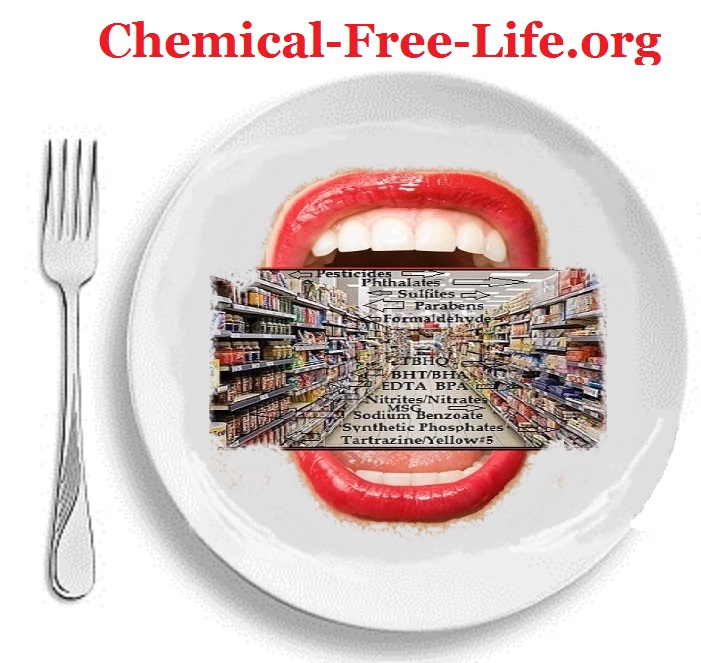A new scientific study has uncovered why PFAS* chemicals are dangerous to human health. The reason? At the most basic level, PFAS chemicals reduce human immune cell activity, thus making the immune system weaker by causing the immune cells to become inactive.
–
Study overview
In the study, scientists examined the impact of PFAS on immune cells from the blood of healthy donors. The immune cells were exposed to PFAS mixtures for 20 hours and then stimulated before their activity was measured. The cells that were exposed to PFAS showed “significantly lower activity than untreated cells,” according to the study.
According to the researchers, “The strongest effects occurred when all six PFAS were mixed,” indicating a compounding effect.
Researchers documented reduced activity caused by PFAS in mucosa-associated invariant T cells and T helper cells. MAIT cells bridge innate and adaptive immunity, according to the National Institutes of Health (NIH), and T helper cells activate other immune cells, according to the Cleveland Clinic.
–
“Our study clearly shows that PFAS reduce the activity of immune cells. If a person is exposed to high levels of PFAS, this is likely to be reflected in their health. For example, through a higher susceptibility to infections.”
-Dr. Gunda Herberth, scientific researcher, Helmholtz Centre for Environmental Research
—
*PFAS chemicals (per- and polyfluoroalkyl substances) are toxic to humans, animals and the environment. They are comprised of approximately 14,000 human-made chemical compounds. The chemicals are ubiquitous in the U.S., appearing in thousands of consumer and industrial products and are typically used to make products resist water, stains and heat, including household products (like carpeting, curtains, furniture upholstery, waterproof and stain-resistant flooring, etc.), cooking supplies (including cooking utensils and bake ware), clothing, personal care products (like cosmetics, including waterproof mascara, dental floss, contact lenses and feminine hygiene products) and even food (PFAS appears in processed food packaging for humans and pets), pharmaceuticals like Prozac, and public drinking water (tap water) that affects an estimated 2 million Americans. PFAS chemicals are usually found in products labeled “stain-proof” and “waterproof”. PFAS chemicals also appear in fire-fighting foam and other industrial products used at airports and military bases across the country, where the chemicals have leached into the groundwater. PFAS chemicals are known as “forever chemicals” because they do not readily break down in the environment or human body. PFAS chemicals have been linked in scientific and medical studies to a variety of serious health conditions including cancer (which includes testicular and kidney cancers), kidney disease, heart disease, thyroid problems, reproductive problems, endocrine problems (PFAS has been found to disrupt hormonal functions with some research suggesting that the PFAS chemicals are linked to accelerated ovarian aging, period irregularities and ovarian disorders like polycystic ovarian syndrome) and liver problems. Some newer PFAS have been found to accumulate in organs, so in some cases, science simply cannot detect the toxic chemicals when testing for it in blood.
Journal reference: Ambra Maddalon, Arkadiusz Pierzchalski, Tobias Kretschmer, Mario Bauer, Ana C. Zenclussen, Marina Marinovich, Emanuela Corsini, Gunda Herberth. Mixtures of per- and poly-fluoroalkyl substances (PFAS) reduce the in vitro activation of human T cells and basophils. Chemosphere, 2023; 336: 139204 DOI: 10.1016/j.chemosphere.2023.139204
.
Journal reference: Arkadiusz Pierzchalski, Ana C. Zenclussen, Gunda Herberth. OMIP‐94: Twenty‐four‐color (thirty‐marker) panel for deep immunophenotyping of immune cells in human peripheral blood. Cytometry Part A, 2023; DOI: 10.1002/cyto.a.24766
Scott


